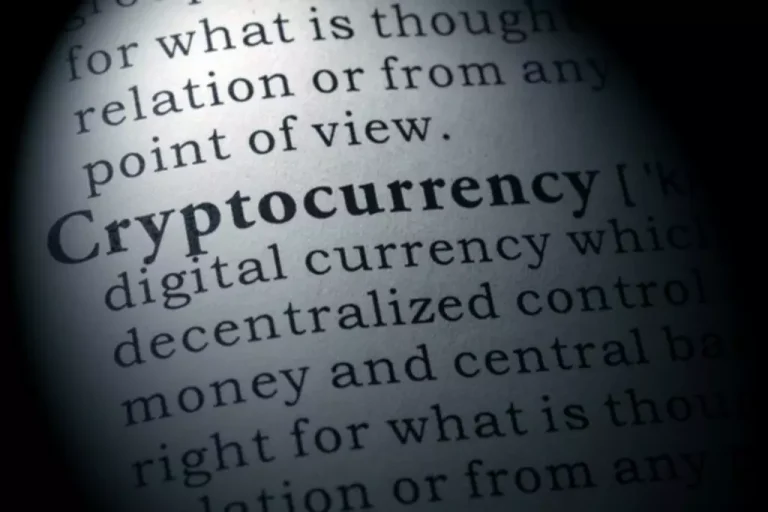So, it’s about understanding provide and demand zones, order move patterns, and market construction shifts to establish where the large boys are putting their bets. The Lynx Program is a broadly diversified managed futures technique that aims to deliver high risk-adjusted returns which may be uncorrelated to conventional asset classes, particularly during periods of market stress. Look for noticeable but gradual increases, like 10% or 20% increases, that are sustained over a quantity of weeks. The last item an institutional investor needs to do is call an excessive quantity of consideration when they’re building a position. As a retail trader, you have to search for their fine footprints — gradual however sustained quantity enhance over a couple of weeks. Institutional merchants should not be mixed with proprietary merchants (read here for prop buying and selling strategies), even though they are in some ways comparable.
Retail merchants can even be taught from these strategies and adapt them to their very own trading method to probably enhance their investment outcomes. Institutional buying and selling is a complex and dynamic field that requires in-depth knowledge of financial markets, superior analytical expertise, and effective risk management strategies. Via their buying and selling actions, institutional traders play a significant role in shaping market developments and liquidity.
Key Hft Techniques
The data from EPAT programme could be useful in turning into an institutional trader. EPAT presents an enormous https://www.xcritical.com/ information of the modern concepts of algorithmic trading and quantitative calculations for rising the ease and favourable returns while buying and selling in monetary markets. The funding in swaps, forwards etc. provides an edge to the institutional traders.
Whether it’s a small project or a large-scale implementation, our staff is in a position to ship high-performance buying and selling automation tailor-made to your wants. Inside this introduction to the underpinnings of institutional techniques Blockchain, we aim to make clear the strategies that allow these entities to outperform the market constantly. Be Part Of us as we peer behind the curtain to decode the methods that shape the economic landscape. Self-confessed Foreign Exchange Geek spending my days researching and testing everything foreign exchange related.

Getting into and out of trades by driving the wave created by shopping for or promoting pressure created by institutional traders is the necessary thing. These establishments are legal entities that accumulate funds from several completely different traders to trade on their behalf. The intersection of synthetic intelligence and financial markets has created a revolutionary shift in how trading decisions are made. No longer confined to the domain of institutional buyers with deep pockets, machine studying for buying and selling has turn into more and more accessible to a wider viewers of quantitative traders and financial fanatics.

Columbia Regulation Faculty’s Blog On Corporations And The Capital Markets
As a end result, they must trade using complex methods and methods to stop disrupting asset prices, which might be detrimental to their profits. Institutional traders also make use of global macro methods, which involve taking positions in varied financial instruments based mostly on the anticipated financial and political changes worldwide. These merchants analyze world markets for opportunities to revenue from shifts in currencies, interest rates, and commodities. The technique requires a deep understanding of worldwide economics and the power to predict the outcome of major occasions. Institutional trading strategies are detailed plans used by major monetary players institutional trading strategies to maximise returns and control dangers. These approaches range in complexity and often contain technological instruments to analyze and execute trades.
The risk-adjusted return (how to measure risk-adjusted return) is sweet due to the low drawdowns. For example, the grey line is the MSCI world index for shares, and stocks suffer from “gut-wrenching” drawdowns every now and then (which you averted with the Multi-Strategy). Any wealthy investor is in all probability going happy to diversify a few of his funds into Brummer to make a portfolio that’s diversified. Institutional traders usually trade a big volume, which might tremendously impression the share value of a safety. As a outcome, they often might cut up trades amongst varied brokers or over time to find a way to not make a cloth impression. Institutional investors can not afford to take a passive strategy in today’s economic, social, and environmental panorama.
World macro methods contain making large-scale bets on economic tendencies throughout international locations. Merchants analyze macroeconomic indicators, geopolitical events, and coverage adjustments to forecast movements in currencies, commodities, bonds, and equities. This top-down approach requires in-depth data of global markets and a broad perspective on economic activities. High-frequency trading (HFT) leverages highly effective computers to position hundreds of orders at extraordinarily excessive speeds. This strategy requires significant investment in expertise and infrastructure however can yield substantial income by profiting from fleeting market inefficiencies.
- The London session is probably one of the most necessary trading sessions within the forex market.
- These funds have a long-term investment horizon and typically spend money on a broad range of asset classes, both home and worldwide.
- Retail merchants can even be taught from these methods and adapt them to their own trading method to probably enhance their investment outcomes.
- We have no information of the extent of cash you’re trading with or the level of danger you are taking with every commerce.
Even when they’re engaged in short-term trades, their decisions are based on a long-term market view. For instance, an institutional day trader can get out and in of many positions in a day, but normally, the decisions are based on a basic factor that may affect the asset’s price over the lengthy term. Institutional traders aren’t normally charged marketing or distribution expense ratios, and they can negotiate foundation level fees for every transaction and require the most effective worth and execution. They have the ability to spend cash on securities that usually are not available to retail merchants, such as forwards and swaps, in addition to IPOs. The advanced nature and forms of transactions typically discourage or prohibit individual merchants. Whereas SEC laws increasingly emphasize transparency in proxy voting and ESG disclosures, there remains a deep divide over whether institutional investors ought to actively engage in sustainability issues.
Quantitative trading methods, for example, quantify worth motion and volume to infer where the institutional players are more probably to drive the market. For the retail trader, recognizing these patterns — spearheaded by volume, worth motion, and order guide insights — is a step toward aligning with institutional actions and enhancing the effectiveness of their trades. Delving into market depth and the order book reveals a wealth of information about current and potential future transactions. These tools reflect real-time market activity and supply actionable insights into where institutional traders might be positioning themselves. By Way Of meticulous examination of the order e-book, traders can establish areas of substantial liquidity, which regularly coincide with institutional interest ranges. They improve decision-making, enhance execution pace, and provide entry to professional platforms and tools, permitting institutional merchants to maintain a competitive edge.
Institutional traders, representing monetary establishments similar to banks, hedge funds, and pension funds, function on a scale far past that of particular person traders. Their trading strategies are rooted in a complete evaluation of market situations, economic indicators, and the potential influence of geopolitical occasions. They leverage huge quantities of data to forecast market actions and establish buying and selling alternatives. This reliance on data analytics and quantitative fashions allows them to execute trades that capitalize on minute worth discrepancies and tendencies earlier than they turn into obvious to the broader market. These traders have interaction in the purchase and sale of securities in substantial volumes, usually on behalf of shoppers or for their very own portfolios. This type of buying and selling considerably impacts market liquidity, worth discovery, and volatility, making it a key part of the global monetary ecosystem.
They may also require the most effective value for their trades, which can be troublesome to realize in a market where the value dynamics of economic devices can change rapidly. Institutional traders can buy or promote massive quantities of securities with out considerably affecting their prices. One of the explanation why institutional buying and selling is necessary is that it offers liquidity to the market.





